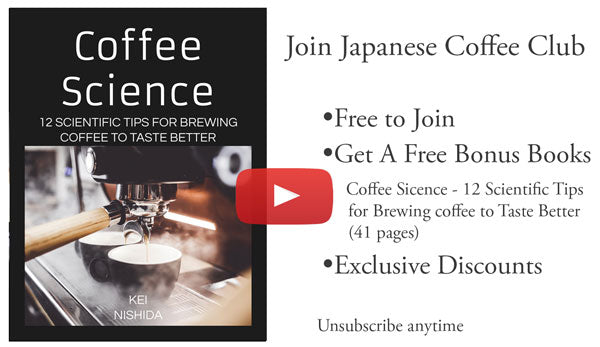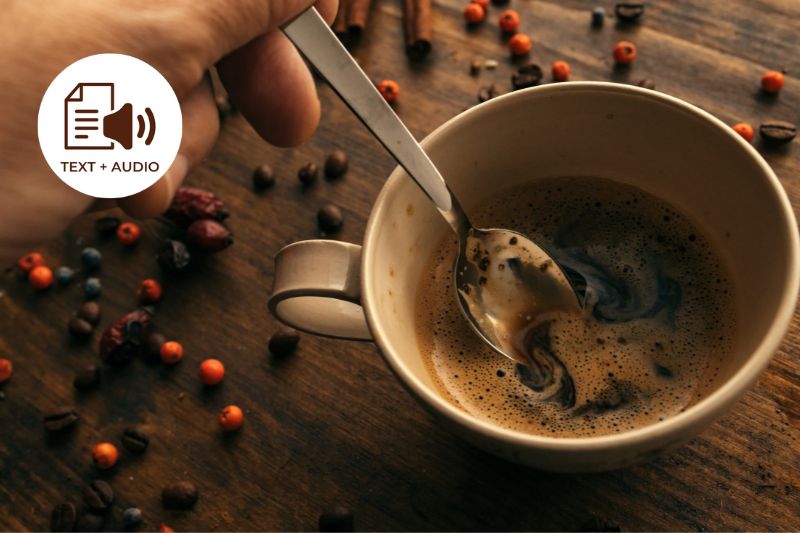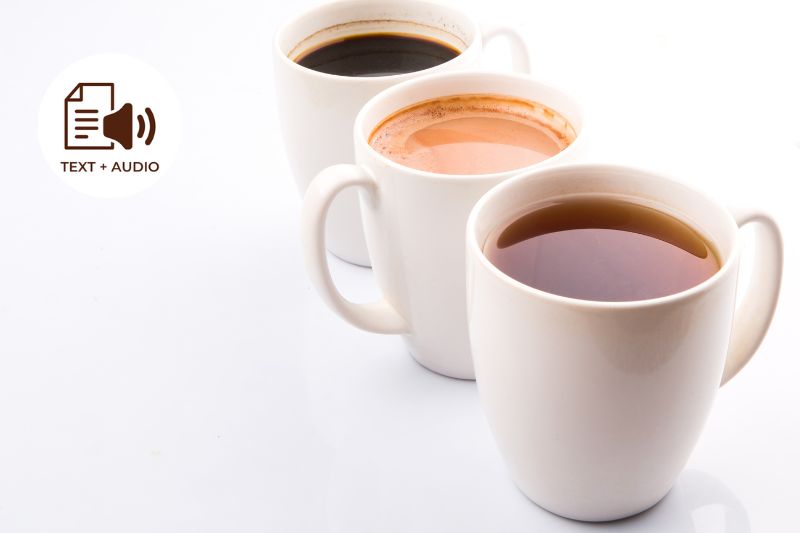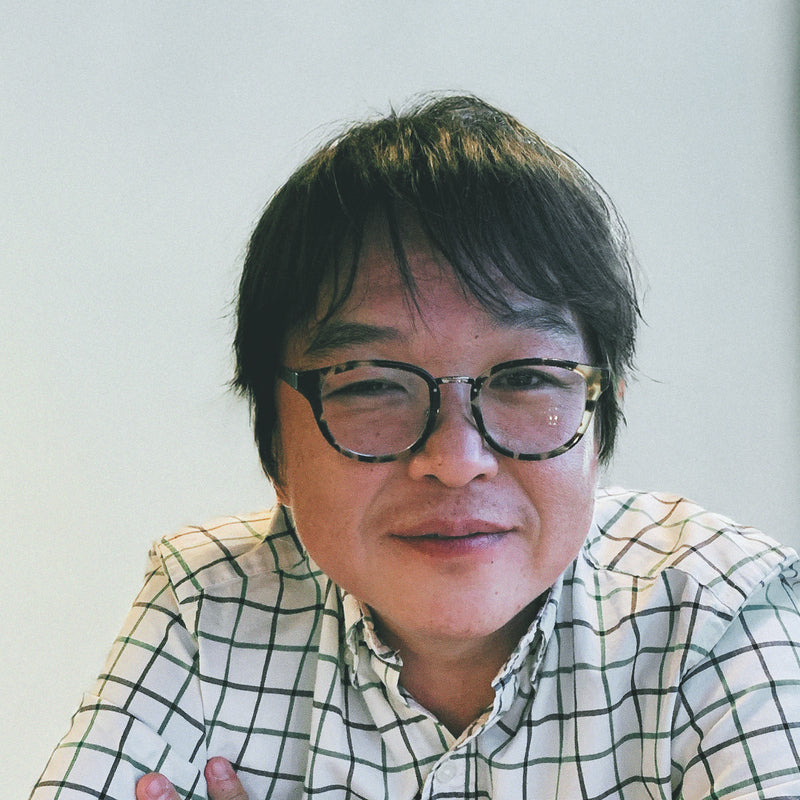Coffee without caffeine has been popular for a long time now. Older people in particular swear by decaffeinated coffee because they assume that they can no longer tolerate caffeine as they get older.
After consuming caffeinated coffee, they often complain of high blood pressure and heart problems. However, the bitter substances could also be a reason why the coffee is perceived as incompatible.

If older people were actually so sensitive to caffeine, they would probably also have problems with or after consuming chocolate and cocoa, because these foods also contain caffeine - albeit in lower doses. But decaffeinated coffee is also popular in other phases of life, for example during pregnancy.
Coffee drinkers are also often concerned about whether the aromas in the coffee will be lost as a result of decaffeination. Thankfully these days there are certain decaffeination methods that don’t strip coffee from its natural flavor and aroma.
Today, I will talk to you about one of these methods, the CO2 Method. But first, let’s learn a few interesting facts about decaffeinated coffee!
A bit of background
At the beginning of the 20th century, Ludwig Roselius, a Bremen coffee trader, succeeded in decaffeinating coffee for the first time. As the founder of the Kaffee Hag company, he launched this decaffeinated coffee in 1905, a very innovative product.
As long as it is possible to remove the caffeine from the coffee bean, opinions on whether decaffeinated coffee is healthy or whether it is unhealthy or healthier than coffee with caffeine are increasing.
The key facts about decaffeinated coffee
- Ludwig Roselius, the founder of the well-known coffee brand "Kaffee HAG", produced decaffeinated coffee for the first time in 1903.
- Nowadays, solvents are used to make decaffeinated coffee, which releases the caffeine contained in coffee beans.
- During pregnancy, you should not consume more than 200 milligrams of caffeine a day. If you want to be on the safe side, you can use decaffeinated coffee.
- Although the coffee is called “decaffeinated”, it is never completely caffeine-free.

The Carbon Dioxide Method
This process is particularly gentle on the high-quality raw beans and is based on one of the most important compounds in our natural environment: carbon dioxide.
It's in the air we breathe, enables plants to grow, and is also a great solvent for caffeine! There are two different variants of the process: either natural carbon dioxide is used in a liquid state or carbon dioxide is in a supercritical state. This means that the CO2 is in a gaseous state but has the chemical properties of a liquid.
At the beginning of the process, the raw, unroasted coffee beans are placed in a very large tank and moistened with steam and water. This pretreatment is important because otherwise, the liquid carbon dioxide cannot develop its desired effect.
After a short waiting time, the chamber is pressurized and the CO2 is added - it is practically forced through the beans by the high pressure. The beans are not damaged or broken during the entire process.
Due to the pre-treatment, the raw beans have increased moisture, so that the caffeine can be easily extracted. When the mixture is drained out of the chamber and evaporated, the caffeine “falls” out of the air into a container and can be sold to third parties.
This cycle is now repeated until the smallest possible caffeine content is reached within the beans. Let’s take Germany as an example: the legal limit from when you can call a coffee decaffeinated is 0.08%.
If this value is reached, the cycle is stopped and the raw beans are unloaded into a drying tank, where they are gently dried. Here the beans reach their original moisture content and are ready to be roasted.

Why producers choose it
So why the CO2 method? There are several reasons for this. Together with the Swiss water method and the Liquid Dicarboxylic Acid method, it is one of the best processes available for decaffeinating coffee.
With these methods, the components responsible for the aroma and taste and the cell structure remain practically intact, with the exception of the caffeine that has been dissolved out. They are all chemical-free and natural and therefore completely harmless to health.
What else you should know about decaf coffee
- Although the coffee is called “decaffeinated”, it is never completely caffeine-free. From a purely chemical point of view, it doesn't seem possible to filter caffeine out of the beans, down to the last residue.
In the EU it is, therefore, the case that coffee with a caffeine content of up to 0.1% can still be declared as decaffeinated coffee. - Decaffeinated coffee is not automatically healthier. As we have already seen, what really matters is the method that is used to remove the caffeine from the coffee. Under certain circumstances, for example, the coffee becomes less digestible than it would be with caffeine.
- Organic decaffeinated coffee seems like a better choice. Because with organic coffee no chemical solvents should be used to rid the bean of the caffeine. So if you are afraid of dichloromethane, you should use organic decaffeinated coffee. Because this is usually decaffeinated using the CO2 method.
- Decaffeinated coffee also seems to grow naturally. In 2004, scientists discovered a naturally decaffeinated coffee plant in Ethiopia. Since then, attempts have been made to grow a coffee plant that bears caffeine-free fruit in a more natural way, namely through selection and crossbreeding, but so far the coffee plants are not high-yielding enough for naturally produced decaffeinated coffee to be commercially available in the near future.
Final Thoughts
The process of decaffeination is a huge chapter in the world of coffee and it’s one that coffee professionals are still exploring. The main incentive is to preserve the aroma and flavor of the coffee beans while also making sure that the decaffeination method is healthy for consumers and sustainable for the environment.
We have definitely made a few very progressive steps but there is still a lot to learn. If you are interested in learning more about decaffeinated coffee read our related article here:
Get Free Bonus Books

Sign up for free to the Coffee Club to get advice and exclusive articles about how to choose Japanese Coffee, and tips, tricks, and recipes for enjoying Japanese coffee.
About the author
Kei Nishida
Author, CEO Dream of Japan
Certification: PMP, BS in Computer Science
Education: Western Washington University
Kei Nishida is a passionate Japanese tea and coffee connoisseur, writer, and the founder and CEO of Japanese Coffee Co. and Japanese Green Tea Co., both part of Dream of Japan.
His journey began with a mission to introduce the world to the unparalleled quality of Japanese green tea. Through Japanese Green Tea Co., he established the only company that sources premium tea grown in nutrient-rich sugarcane soil—an innovation that led to multiple Global Tea Champion awards.
Building on this success and his passion for Japanese craftsmanship, Kei expanded into the world of coffee, pioneering the launch of Japanese Coffee Co., the first company to bring Sumiyaki charcoal-roasted coffee to a global audience. His dedication to authenticity and quality ensures that this traditional Japanese roasting method, once a well-kept secret, is now enjoyed worldwide.
Beyond tea and coffee, Kei has also introduced Japan’s legendary craftsmanship to the world through Japanese Knife Co., making handmade katana-style knives—crafted by a renowned katana maker—available outside Japan for the first time.
Kei’s journey continues as he seeks out and shares the hidden treasures of Japan, one cup and one blade at a time.
Learn more about Kei











